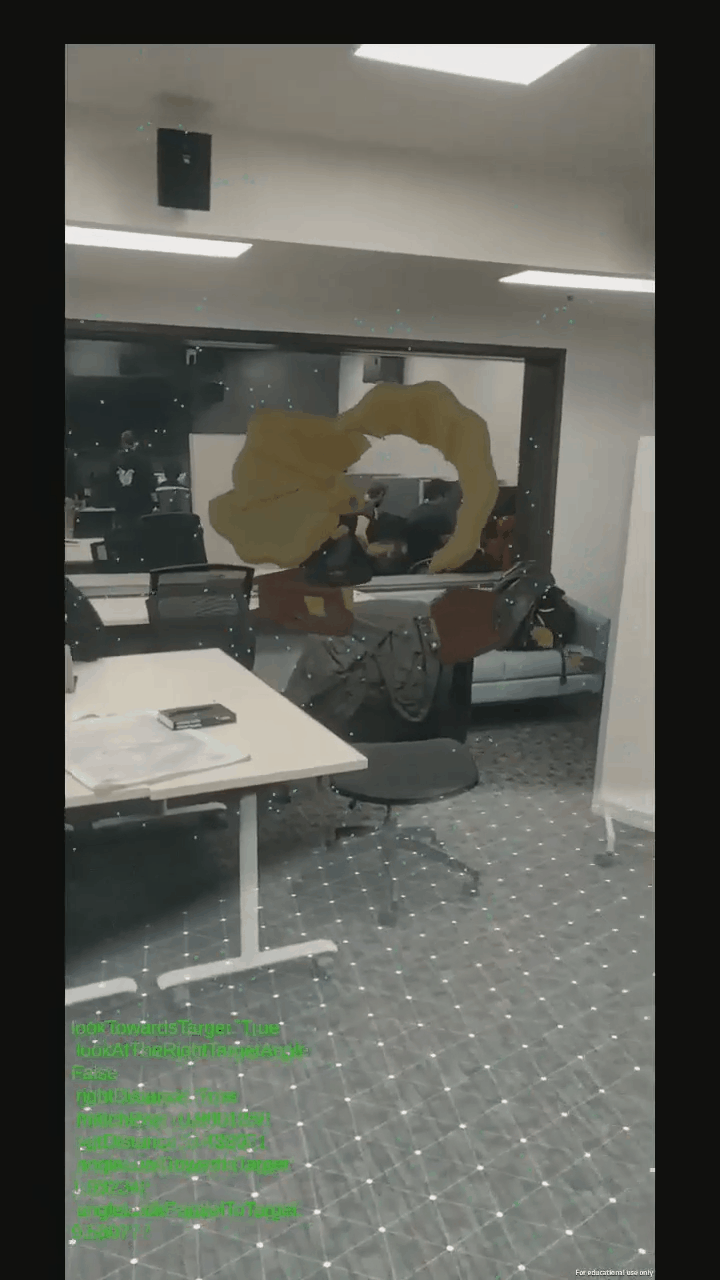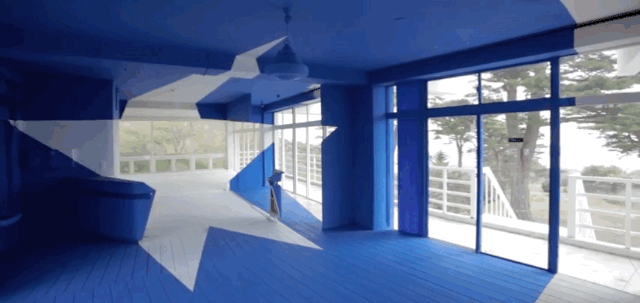SUKHRAJ JOHAL

Team: 5 / Role: Game Designer, Visual Art Direction / Timeline: 4 Months
An AR illusion puzzle game where a player must use their physical environment in order to explore a mysterious antique shop and solve shattered objects.
Core Features


AR Illusion-based Puzzles
Find a recognizable silhouette from a collection of shattered three-dimensional objects.
Gameplay
Contributions
-
Pitch Proposal: designed the initial pitch & vision for the project to the team.
-
AR Puzzle Design: designed spatial game mechanics - using AR space to reconstruct these shattered objects back together.
-
AR Interactions: aided in designing how the player would interact with the puzzles using AR Space
-
Visual Art Direction/World Building: developed a visual aesthetic for the gameplay assets and the environment.
-
3D Asset Creation: modelled and textured puzzle objects from sketches to implemented assets.
Preproduction Design
Initial Research
Early Design Problem
The core mechanic of the game is to solve shattered objects. But, what should the objects be composed of?
As an initial test, we created two rough puzzles where one used abstract shapes and the other was a television. By playtesting, it was found that it is more satisfying to the user to solve a recognizable object, than an abstract structure.
Puzzle Design
The player would be presented with a chaotic mess of floating parts. They would have to use AR space in order to decipher what the object is.




Shape Language of Puzzle Objects
It was found that less "boxy" shapes were more interesting to solve.

How to Display When a Puzzle is "Complete"?
The puzzles are designed with a "error threshold" in mind so that when the player is within a 10 -15 degree difference away from the solution, the object will snap its pieces.

Visual Design & World-Building
AR Diorama
A self-contained world for the player to explore.

Why Make a Diorama?
Design Problem - How to Select Levels in AR? The solution was to create an immersive diorama of a old antique shop so that the player could look at the objects placed in the shop and select them. It also shows a clear progression of what objects need to be fixed.

Outcomes
What did I learn?
-
Significant involvement in taking an initial pitch proposal to a polished vertical slice of the game experience
-
Rapidly prototyping features and user testing often to evaluate the usability of the game
-
Researched and designed game mechanics for a new/unfamiliar piece of technology
-
Designed game mechanics/player interactions that use AR in a meaningful way
-
Applied visual design principles in order to have a cohesive visual style









